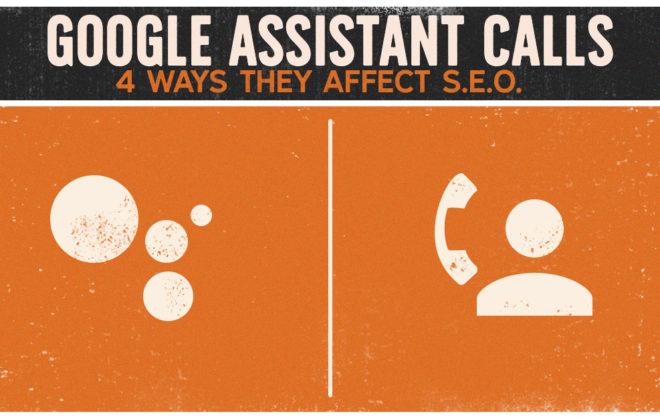
How To Improve Page & Site Speed
What is Page Speed?
If you’re not entirely sure what the term “page speed” refers to, it’s not a difficult concept to grasp. Essentially, page speed simply refers to how quickly a web page loads.
Why Does Page Speed Matter?
When it comes to running a website in this day and age, page speed matters—a lot. As a global society, we have become accustomed to having information at our fingertips all times of the day, and we expect that information to come to us quickly. Users who visit a website that is loading too slowly, will quickly move on to the next site, potentially making them a competitor’s new customer.
Page speed is a part of UX (user experience), and it matters if you’re trying to optimize conversion rates and grow your sales. Consumers will not wait around for a page to load just to browse your products. It’s much more likely that they will simply visit a different site from the SERP (search engine results page). According to Hubspot, 47 percent of people expect sites to load in under three seconds, and even just a one-second delay on your site can reduce the number of people who view your page.
3 Ways to Improve Site Speed
1. Optimize Images
One of the greatest reasons for slow site speed or page speed is due to large files that slow down your servers. You don’t need large image files for every photo on your website. In fact, it’s a good idea to compress images prior to loading them on the site to help reduce loading time. If you’re using graphics on your site, PNG files are recommended while JPEGS are typically used for photographic images. Optimizing images on your website not only helps with page speed, but it can also improve SEO rankings, boost conversion rates, and reduce hosting costs by requiring less storage.
2. Use a CDN
A content distribution network (also known as a CDN) is a group of interconnected servers, which share the job of delivering website content to users. Depending on your market, a CDN can be more beneficial than a load balancer as a CDN is a widespread network across many geographical locations while load balancers are physically close to one another. For any business who is delivering content and products to a large audience, both a CDN and load balancer may be necessary. Both help to improve site speed and deliver information, though a CDN stores copies of your data in different locations, so if one should go out, the remaining servers can still present the content to users.
3. Use Browser Caching
The purpose of a browser cache is to improve site speed by storing information, so that upon a second visit to a website, the browser no longer has to reload all the same data it had previously loaded in the past. If you are not currently leveraging this capability, you can use tools like YSlow or Google PageSpeed Insights to learn about your current site speed and how to improve it. Tools such as these also allow you to set expiration dates for browser caching, so that you can improve site speed for users.
Page speed is a major part of delivering a great UX to consumers. Without a site that loads quickly, you’re at risk of driving your customers away from your site and perhaps directly to your competitor, which is why it’s such an important detail to focus on. Try implementing some of these tips to increase site speed and optimize your SEO rankings.
Paul Rakovich
Browse All PostsTell Us Your Goals
Recent Posts
- Google PMax: Get the Most Out of Your Ad Campaigns While Combating Fraud
- Lead Ads Don’t Have to Suck: How to Leverage Them Correctly
- Why More Expensive PPC Ads are Almost Always Worth It
- Unlock the Secrets of Organic CPA: The Ultimate Guide to Cost Per Acquisition
- Secrets We’ve Learned from Years Working with Paid Account Reps at Meta, TikTok, LinkedIn and Google


